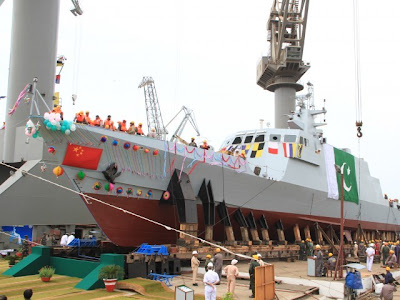The relations between the U.S. and Pakistan, despite the numerous attempts to revive them, are falling apart. Therefore, establishing close cooperation with Pakistan will give Russia a real chance to gain a foothold in Central and South Asia. In addition, Russia will be able to access the Indian Ocean, and make the U.S. troops in Afghanistan directly dependent on its logistics.
The constant and rude attempts of the United States to interfere in the internal affairs of a nuclear power raise overt anger in this country at all levels. An opinion poll conducted by Pew Research Center (USA) in the beginning of this year showed that 74 percent of Pakistanis view the U.S. as an "enemy." Not that long ago, the whole country was discussing the scandal connected with the resignation of the Pakistani ambassador to the United States. Husain Haqqani wrote a secret letter, in which he asked for help in preventing a military coup, which was allegedly plotted in Pakistan, and promised certain concessions in return.
But even this pro-American official said last week that the goals and priorities of the two countries would not be the same in near future. That is why, he said, the USA and Pakistan should give up their attempts to build a partnership and pay attention to their own interests instead. "If in 65 years we haven't been able to find sufficient common reasons to live together ... It may be better to find friendship outside the family ties," Haqqani told.












.jpg)

















